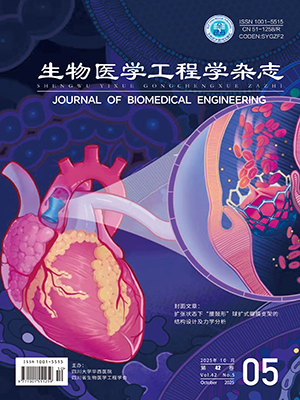An in-depth understanding of the mechanism of lower extremity muscle coordination during walking is the key to improving the efficacy of gait rehabilitation in patients with neuromuscular dysfunction. This paper investigates the effect of changes in walking speed on lower extremity muscle synergy patterns and muscle functional networks. Eight healthy subjects were recruited to perform walking tasks on a treadmill at three different speeds, and the surface electromyographic signals (sEMG) of eight muscles of the right lower limb were collected synchronously. The non-negative matrix factorization (NNMF) method was used to extract muscle synergy patterns, the mutual information (MI) method was used to construct the alpha frequency band (8–13 Hz), beta frequency band (14–30 Hz) and gamma frequency band (31–60 Hz) muscle functional network, and complex network analysis methods were introduced to quantify the differences between different networks. Muscle synergy analysis extracted 5 muscle synergy patterns, and changes in walking speed did not change the number of muscle synergy, but resulted in changes in muscle weights. Muscle network analysis found that at the same speed, high-frequency bands have lower global efficiency and clustering coefficients. As walking speed increased, the strength of connections between local muscles also increased. The results show that there are different muscle synergy patterns and muscle function networks in different walking speeds. This study provides a new perspective for exploring the mechanism of muscle coordination at different walking speeds, and is expected to provide theoretical support for the evaluation of gait function in patients with neuromuscular dysfunction.
Citation: CUI Caihong, MIAO Huacong, LIANG Tie, LIU Xiuling, LIU Xiaoguang. Analysis of muscle synergy and muscle functional network at different walking speeds based on surface electromyographic signal. Journal of Biomedical Engineering, 2023, 40(5): 938-944. doi: 10.7507/1001-5515.202303065 Copy
Copyright © the editorial department of Journal of Biomedical Engineering of West China Medical Publisher. All rights reserved




